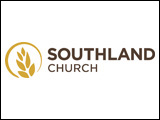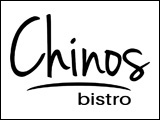A University of Missouri agricultural economist suggests rising feed costs may temper the desire of U.S. hog producers to expand their breeding herds in response to higher live hog prices.
U.S. live hog price have shown tremendous improvement rebounding from losses of over 40 dollars per head in August of 2009 to profits of about 35 dollars per head in August of this year.
University of Missouri agricultural economics professor Dr. Ron Plain says producers in Canada and the U.S. have dramatically reduced the sow herd cutting the number of pigs available for slaughter, a stronger economy has been positive for domestic demand and exports are up from a year ago.
Hog farmers seem to be able to only stand so much profit before they get the urge to start saving gilts.
We’re probably getting close to that point here in the United States.
Although we think our sow herd is still smaller than it was a year ago, there are some indications it may be a little bit larger than it was earlier in 2010.
Eventually if we keep making money we’re definitely going to expand the sow herd.
History is pretty clear on that.
The key factors is, of course, what hog prices are but right now a big uncertainty is feed costs.
We’ve had a dramatic run-up in corn prices in the last month and a half and if that continues it’s going to quickly eat into the bottom line and the profitability of the herd.
If that happens it will probably mean a slower expansion in sow numbers than if corn stayed a little bit more reasonably priced.
Dr. Plain anticipates the number of hogs slaughtered in the first half of 2011 to be lower than in 2010 but higher in the second half of the year.
He says, if we can avoid another recession, hog prices will probably average close to those of this year and even with higher corn prices pork producers should make good money in 2011.
Source: Farmscape.Ca



